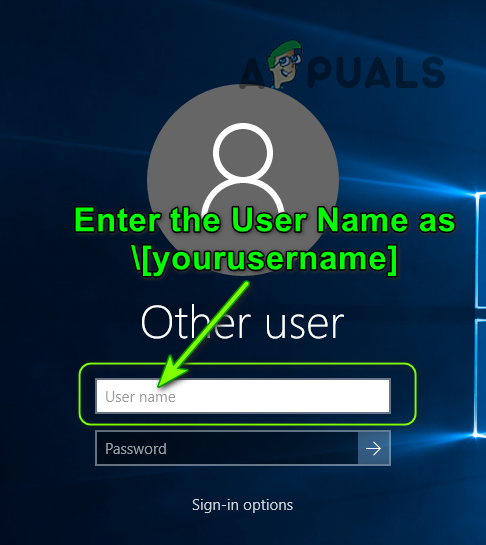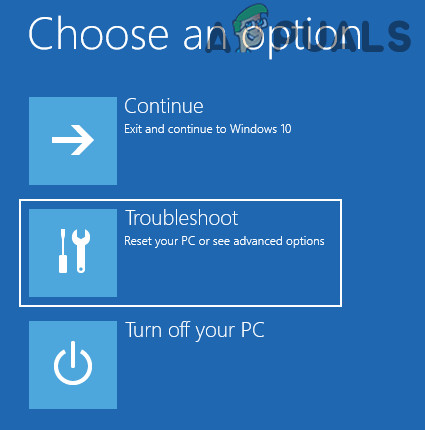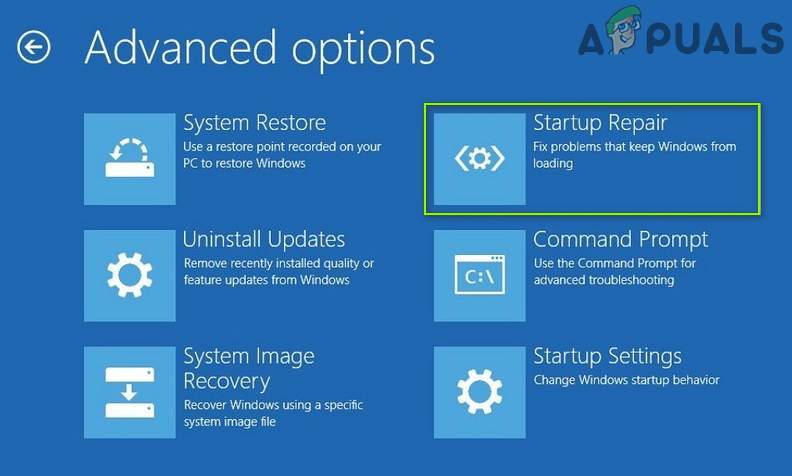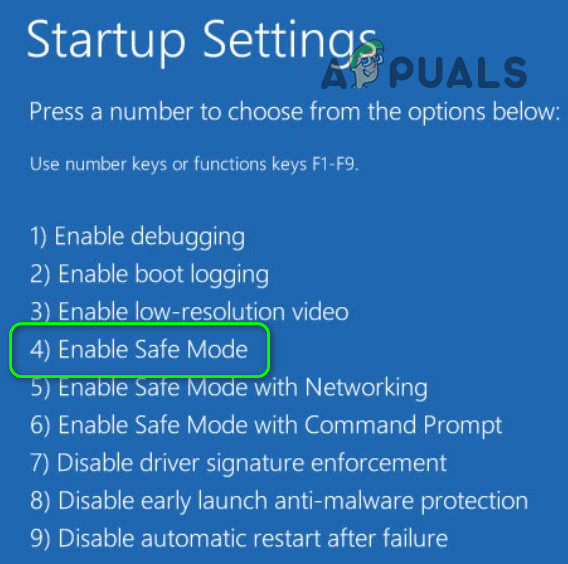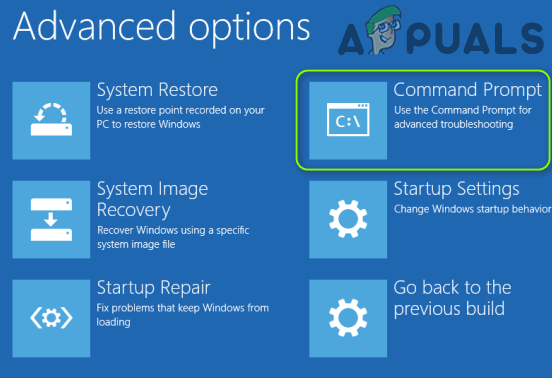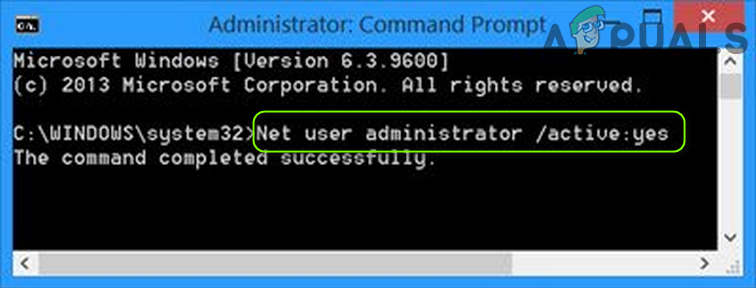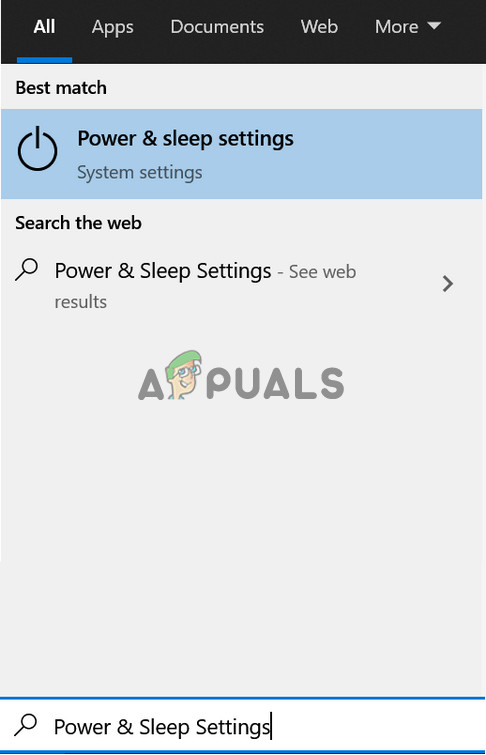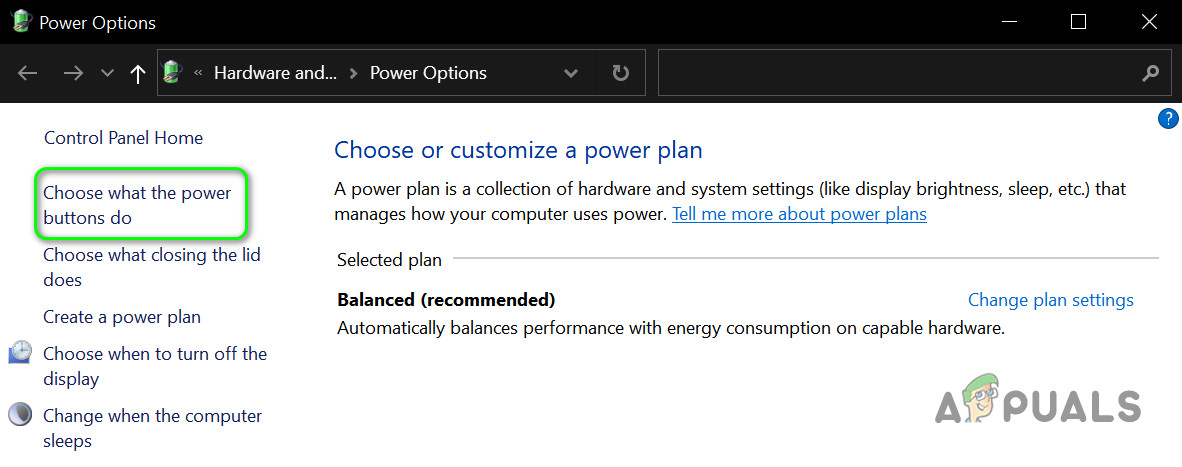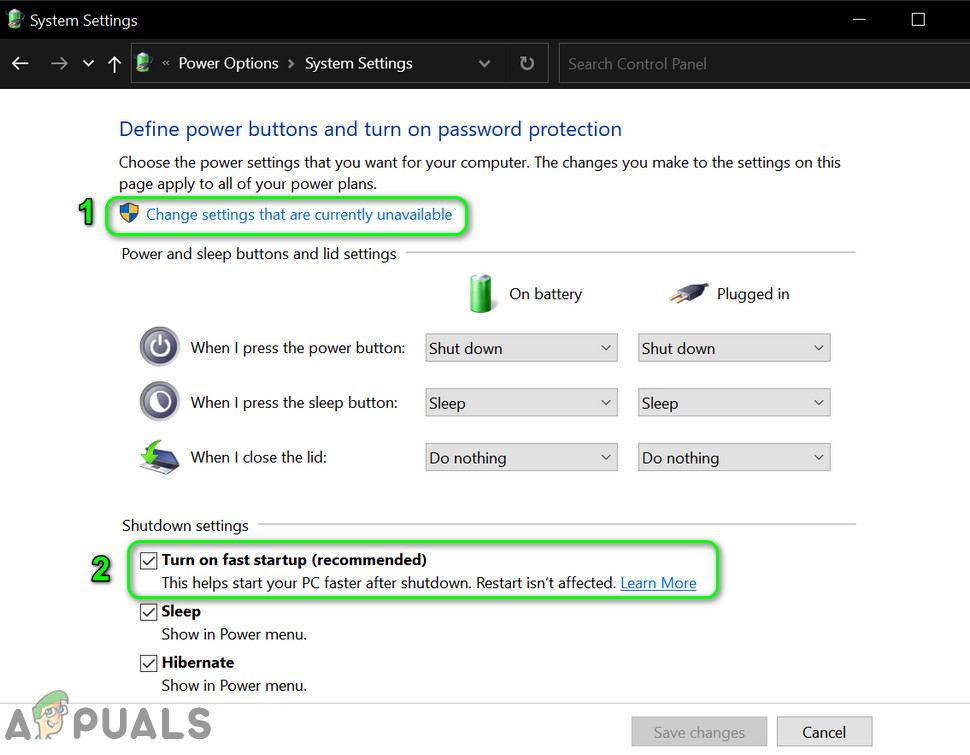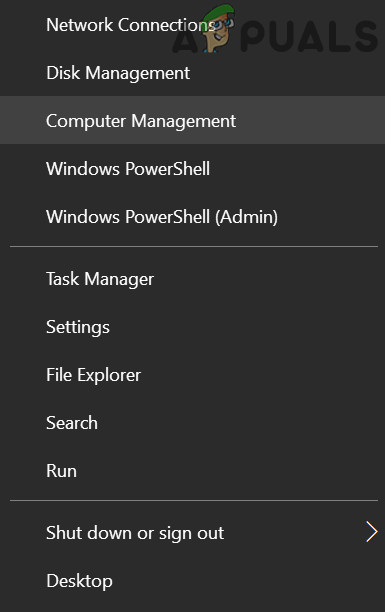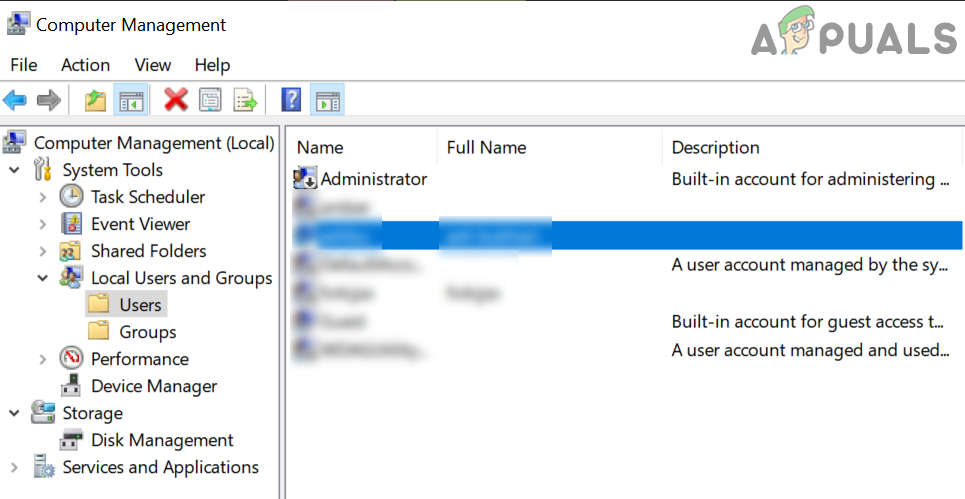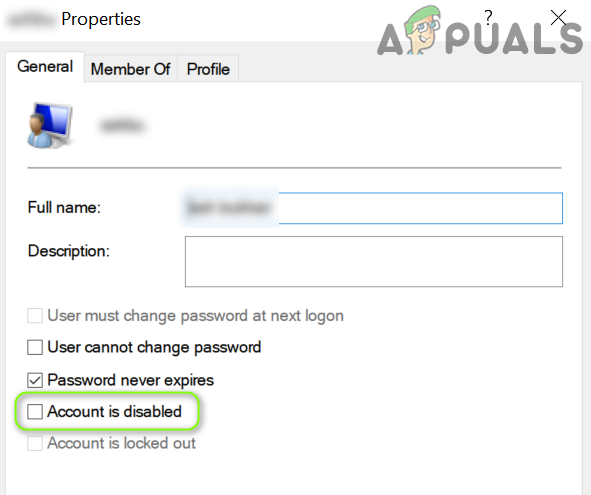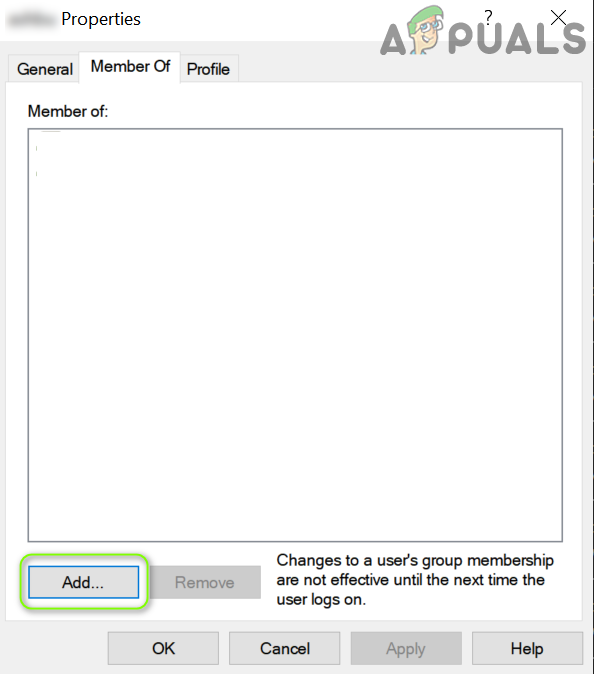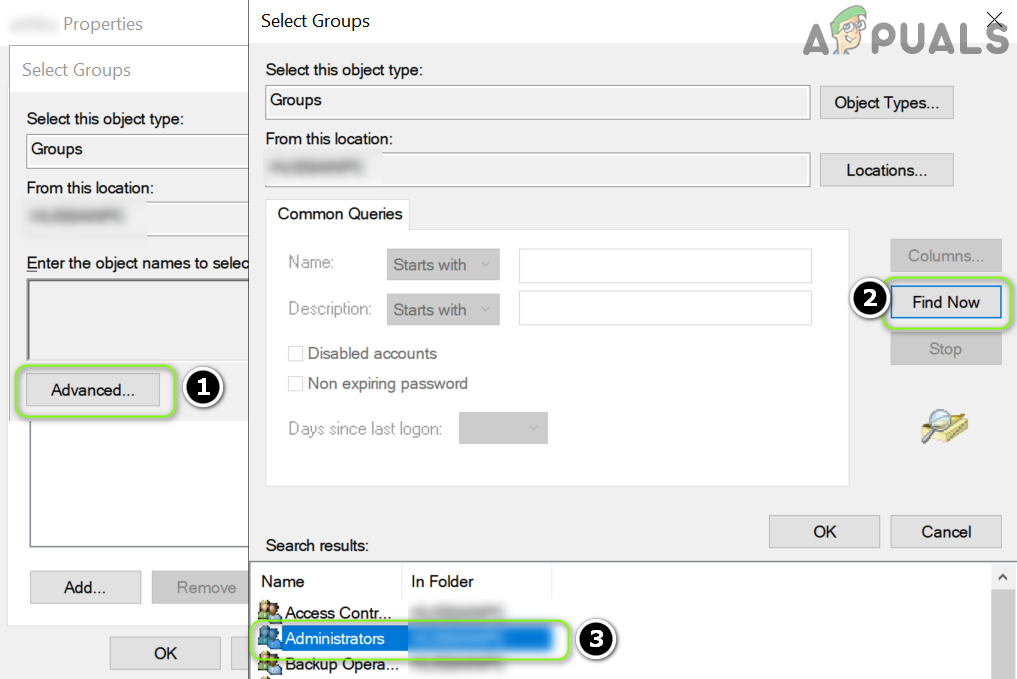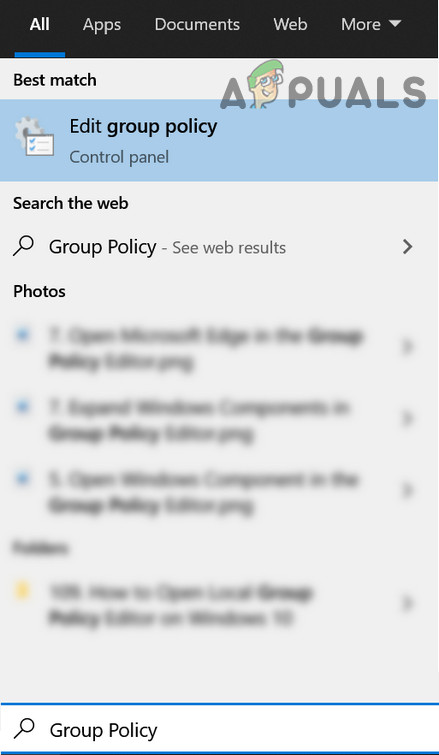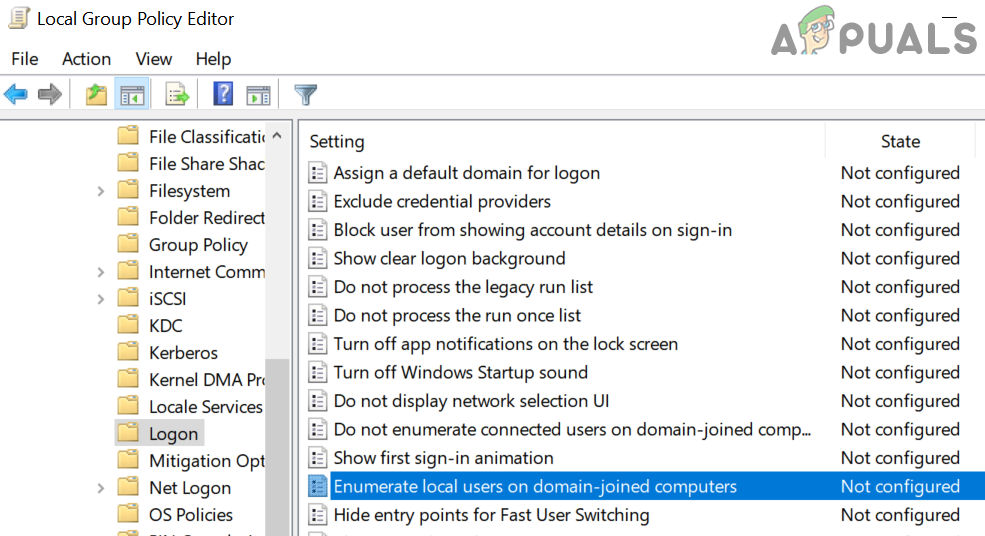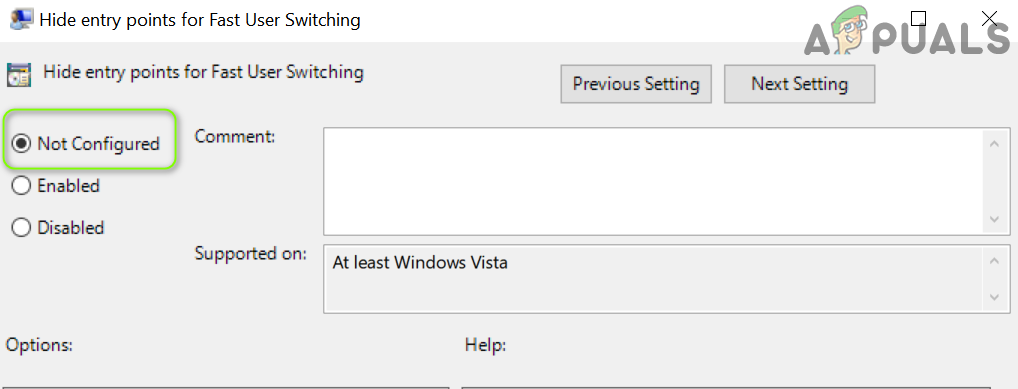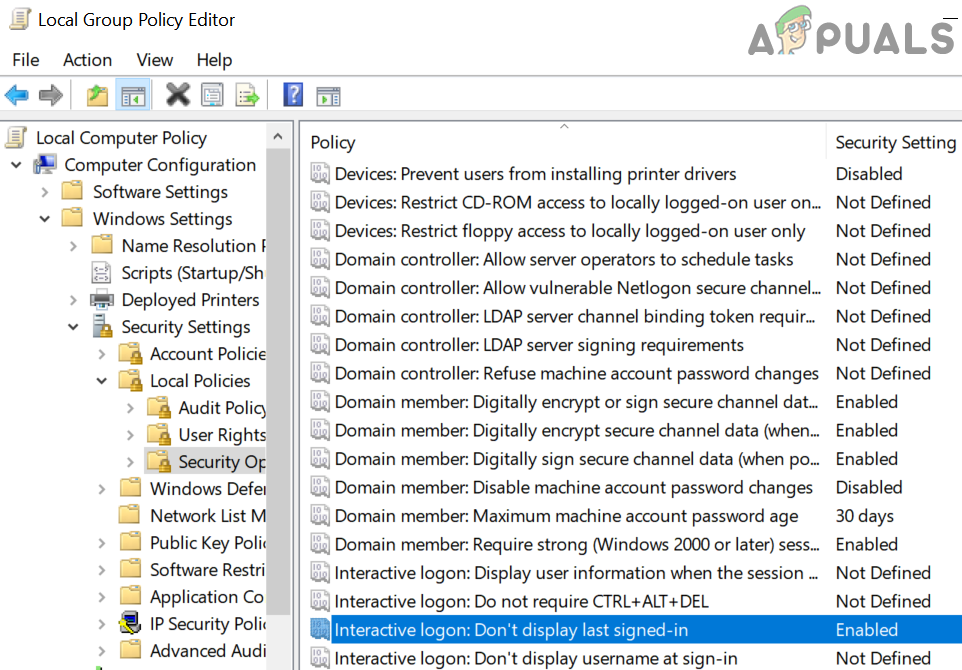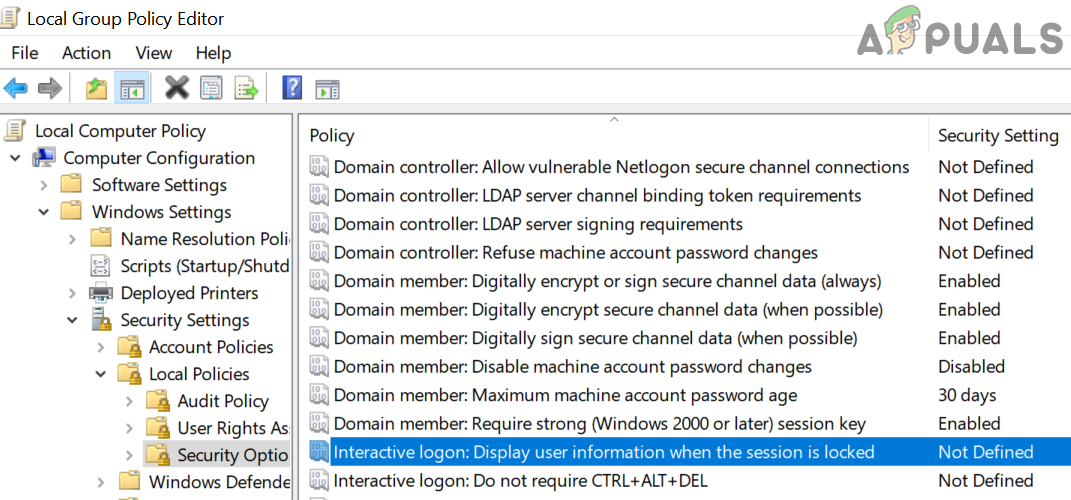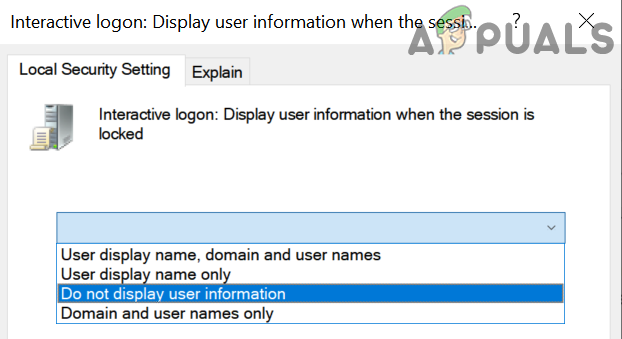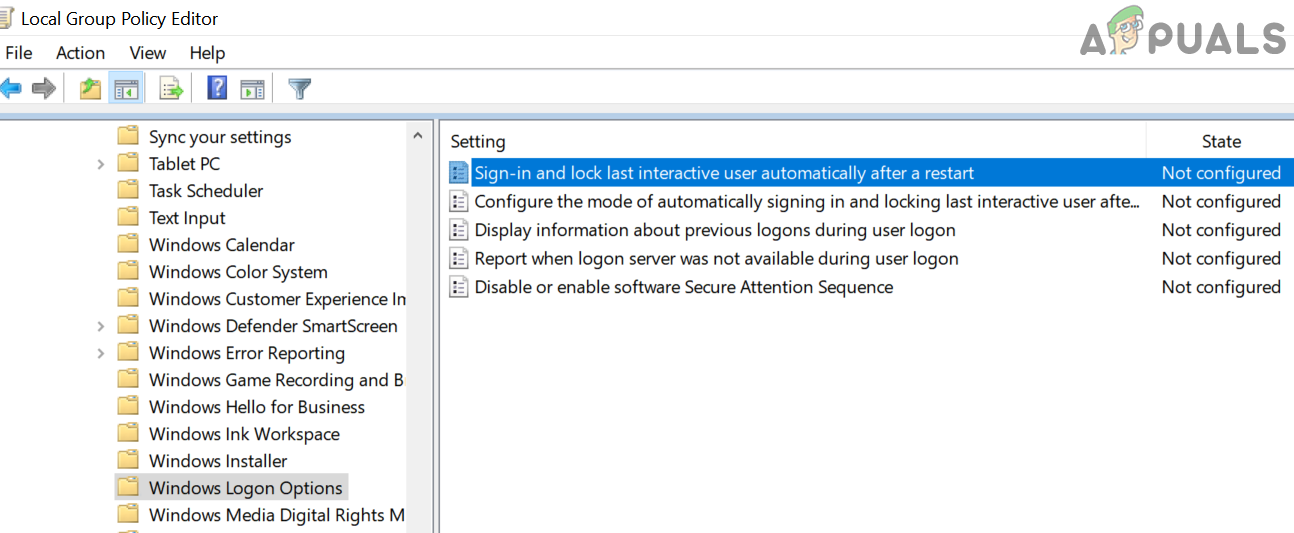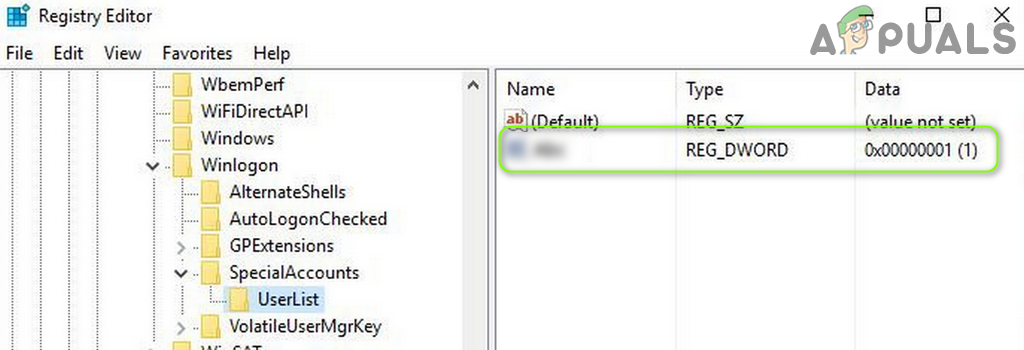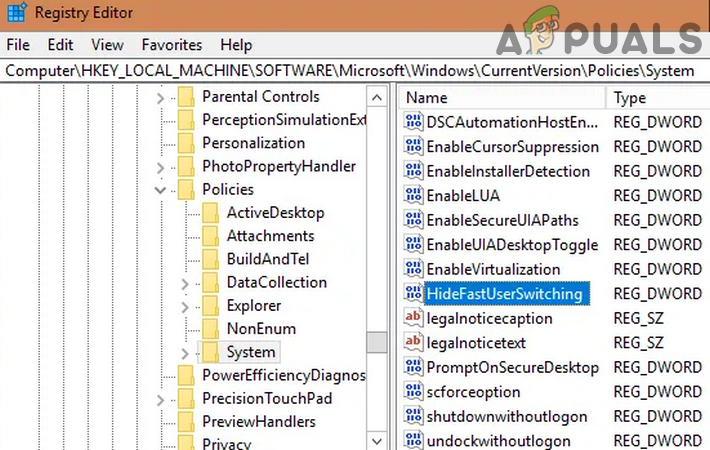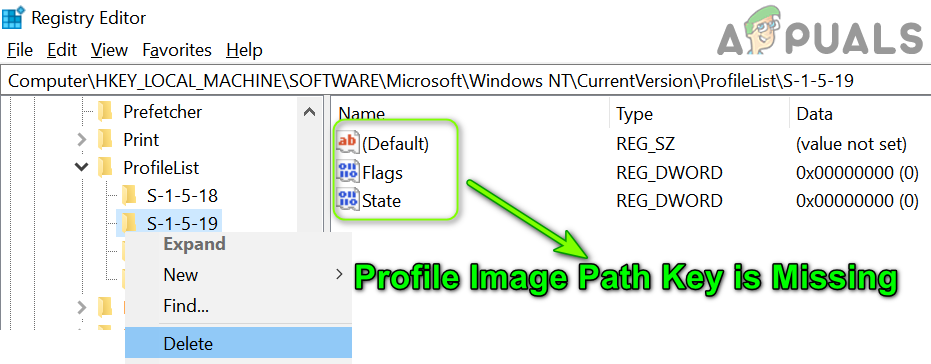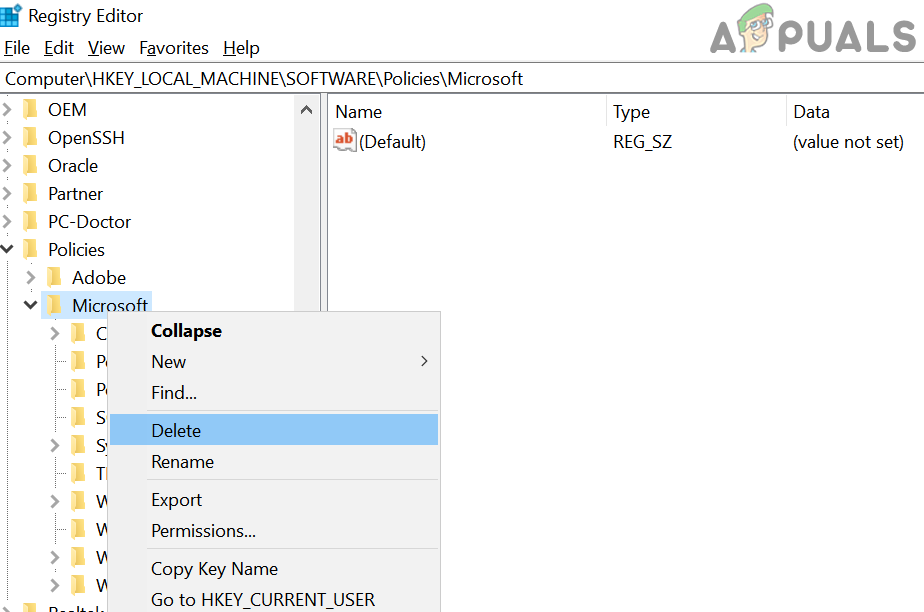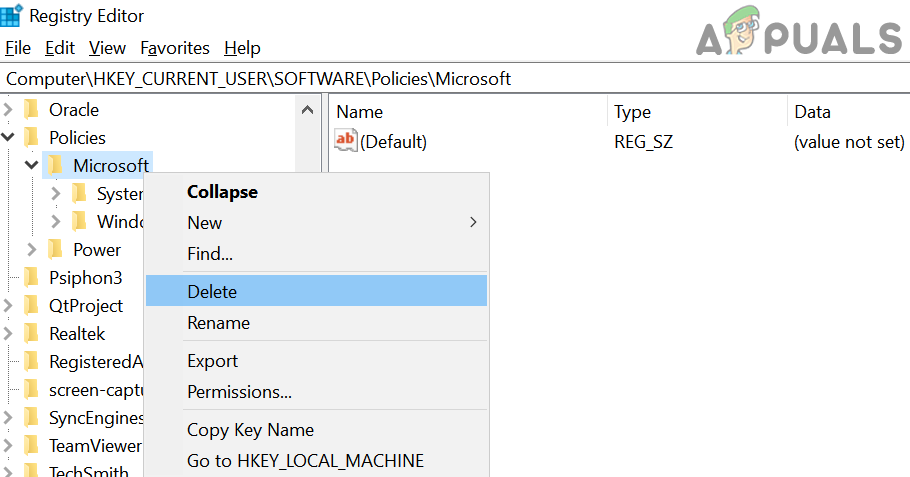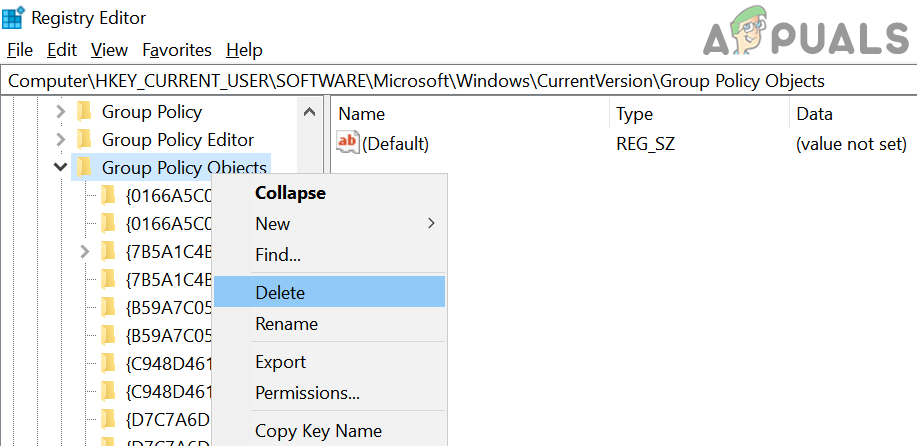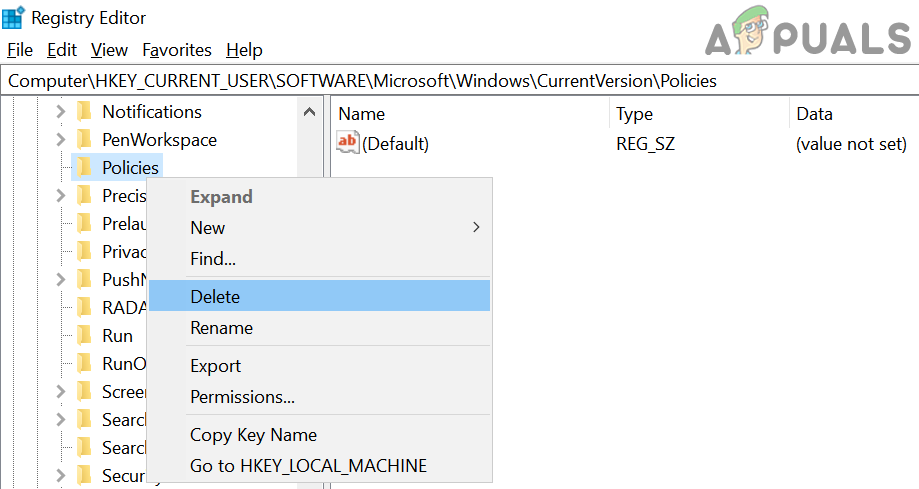The issue arises usually, after a Windows update when the user tries to log in to his system but the user is not shown with any of the local user accounts. Before proceeding, keep in mind that you may use solution 1 or 2 to log in to the system (or use a domain/Microsoft account, if present) & then try other solutions to permanently resolve the issue. Once logged in, check if performing a cold start (after the user properly signed out of the account & then shutting down the PC) of your PC clears the glitch. If you are a part of a domain network, then check if the security policy of your organization is not causing the issue. Also, make sure no security product that is used to control the system’s login (like Duo 2FA) is causing the issue. Last but not least, check if all the user accounts are password protected (even the guest accounts) & are shown in the “\users” path (you may execute it in the Run box).
Solution 1: Login Through the Other User Option
You may use the Other User option by entering the user name after the backslash to log into the system (if the option is shown). Once you have successfully logged in to the system, then you may try the other solutions to permanently solve the problem. If you are encountering the issue on the domain/Azure AD, you may try the domain/Azure AD name & then enter the backslash followed by the user name (i.e., AzureAD\Name).
Solution 2: Use the Advanced Recovery Options
If the Other User option did not work, then you may try the advanced recovery options e.g., the startup repair or use the safe mode.
Startup Repair
Safe Mode
Use the Command Prompt to Enable the Built-in Administrator Account
Solution 3: Disable the Fast Startup of Your PC
The accounts issue may arise if the Fast Startup option for your system is enabled as it can make the system overlook an essential system resource. In this context, disabling the Fast Startup may solve the problem. If the issue persists, then check if switching the graphics card (from switchable to integrated & vice versa) in the system’s BIOS sorts out the problem.
Solution 4: Assign the User to the Administrator Group of the PC
You may not see local user accounts on the login screen if the user accounts are not part of the user groups (due to a software glitch). In this case, adding the users to a group may solve the problem. But before proceeding, make sure no user is added under Settings > Accounts > Access Work or School (you may add it in the Other Users). You can achieve the same by executing the following in an elevated command prompt: If the issue persists, then you may create a new user account & transfer the data to it.
Solution 5: Use the Group Policy Editor
You may encounter the issue at hand if the group policy of your PC does not allow you to do so. In this context, editing the relevant group policy settings may solve the problem. Windows 10 Home Version users may have to install the Group Policy Editor. Press the Windows key & in the search box, type Group Policy. Then select Edit Group Policy. Now try the following configurations:
Enable ‘Enumerate Local Users on Domain-Joined Computers’
Edit the Security Options
Edit Windows Logon Options
You can achieve the same by disabling the following settings:
Solution 6: Edit the System’s Registry
The accounts issue arises if the system’s registry is not properly configured. In this scenario, you may have to edit the relevant registry items to overcome the log-in issue. Warning: Advance at your own risk as editing the registry of your system is a proficient task & if done wrong, you may cause undying damage to your system/data. Launch the Registry Editor with the administrator privileges & try the undermentioned solutions (some of these keys may not be available to all users) one by one to check if the issue is resolved, but before that, make sure to create the backup of your system’s registry.
Delete Accounts in SpecialAccounts Key
Disable HideFastUserSwitching
Disable DontDisplayLastUserName
Delete the Corrupt Profile in ProfileList
Delete All Group Policy Registry keys
If the issue is still there, either revert the system to an older version of Windows 10 or perform a system restore. If that is not the option, then you may have to create (on another PC) a Windows 10 installation media disk/USB (if already not available). Then boot the system with this disk/USB & use the Repair Your Computer (near the bottom left of the screen) to repair the system.
How to Set Default Account Picture for All User Accounts on Windows 10?How to: Hide Login Information From Windows 10 Login ScreenHow to Login Microsoft Teams with Multiple AccountsHow to Manage User and Computer Accounts using Admin Bundle For Active…

